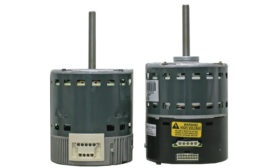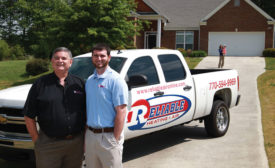Home » residential contractors
Articles Tagged with ''residential contractors''
Examining the Benefits of ECMs
Contractors can now bring ECM performance to psc motor systems via retrofit projects
Read More
Variable-speed Equipment Provides Constant Comfort Benefits
Enhanced comfort, dehumidification, and energy savings await
Read More
Copyright ©2025. All Rights Reserved BNP Media.
Design, CMS, Hosting & Web Development :: ePublishing



